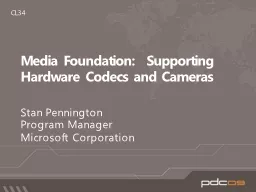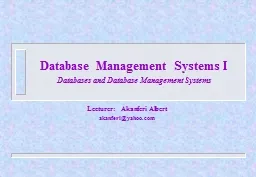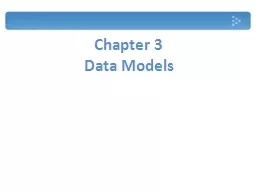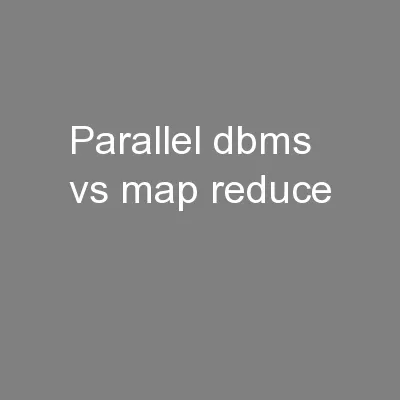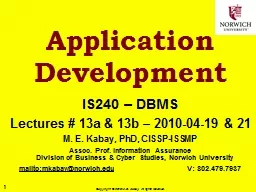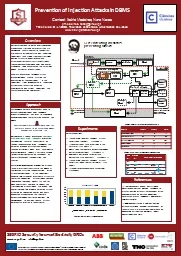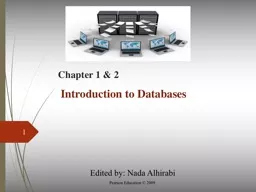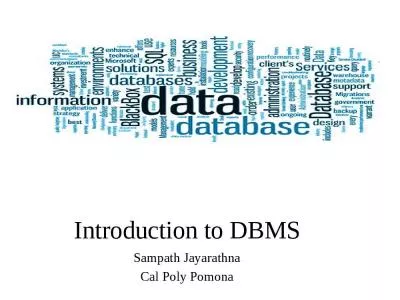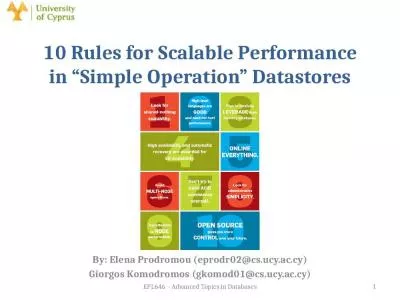PPT-Modern Hardware for DBMS
Author : faustina-dinatale | Published Date : 2019-06-29
Mrutyunjay Mjay University of Colorado Denver Motivation Hardware Trends MultiCore CPUs Many Core CoProcessors GPU N VIDIA AMD Radeon Huge main memory capacity
Presentation Embed Code
Download Presentation
Download Presentation The PPT/PDF document "Modern Hardware for DBMS" is the property of its rightful owner. Permission is granted to download and print the materials on this website for personal, non-commercial use only, and to display it on your personal computer provided you do not modify the materials and that you retain all copyright notices contained in the materials. By downloading content from our website, you accept the terms of this agreement.
Modern Hardware for DBMS: Transcript
Download Rules Of Document
"Modern Hardware for DBMS"The content belongs to its owner. You may download and print it for personal use, without modification, and keep all copyright notices. By downloading, you agree to these terms.
Related Documents



